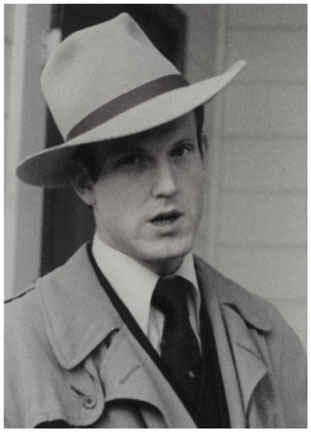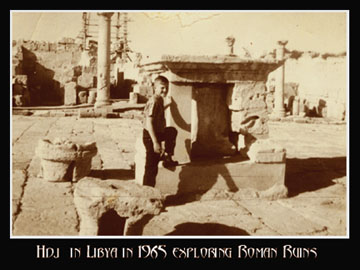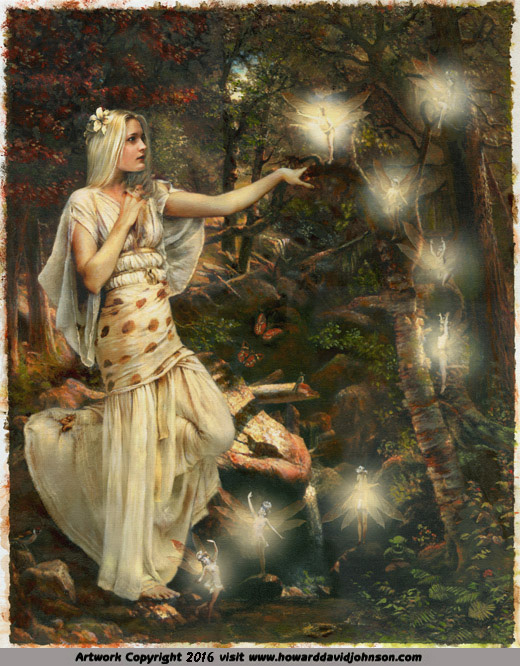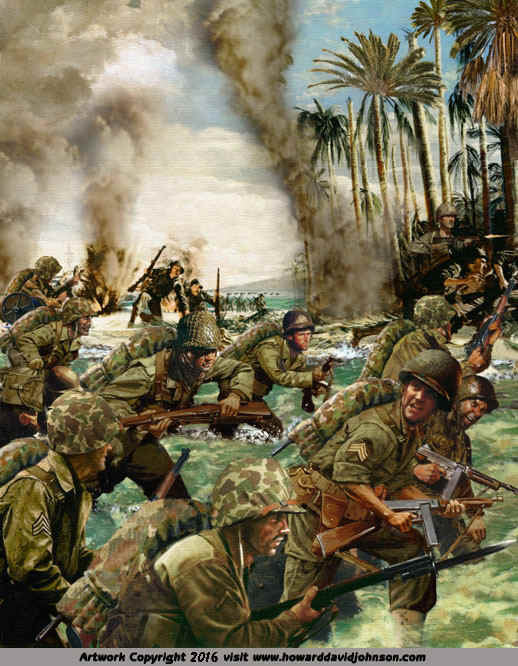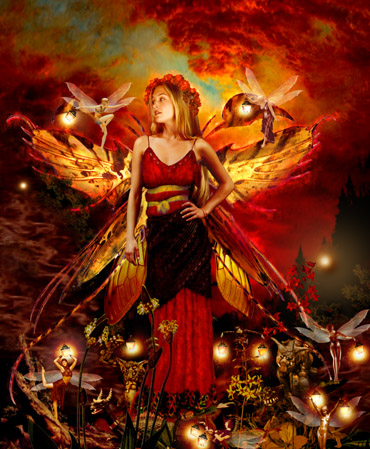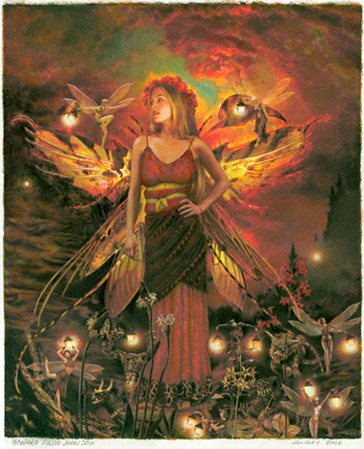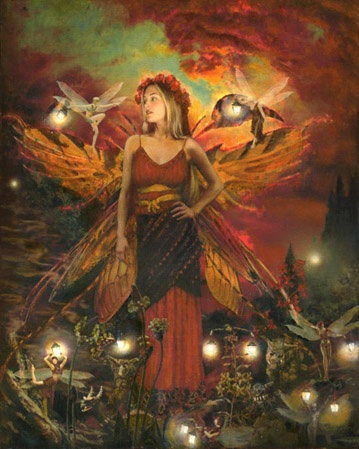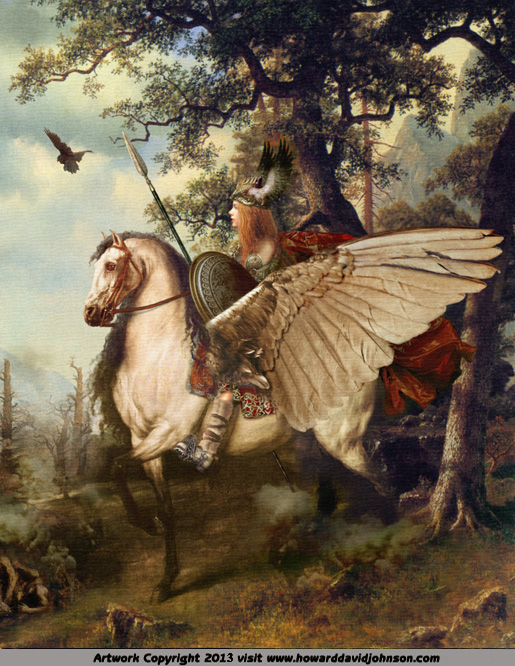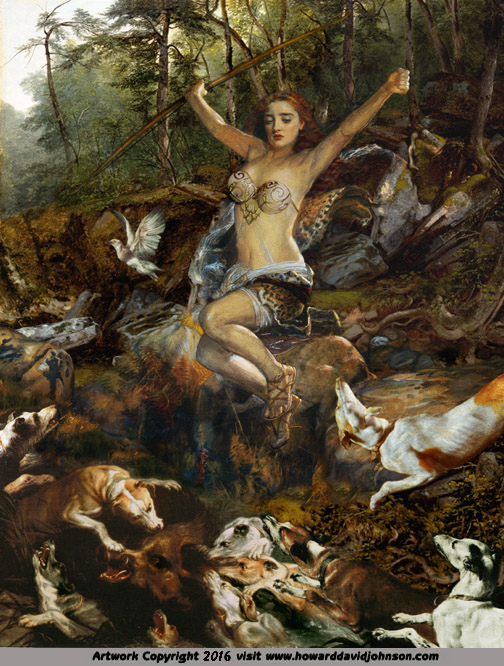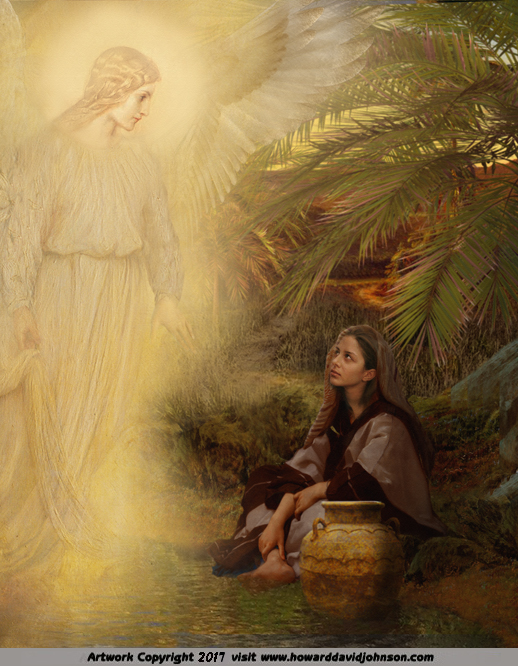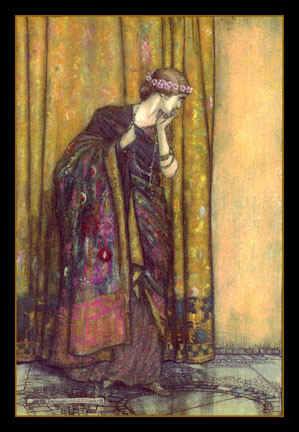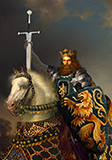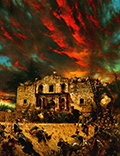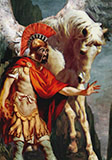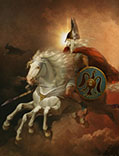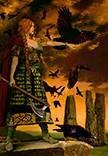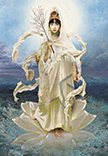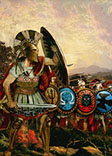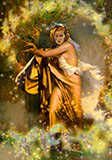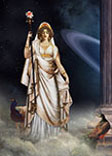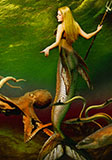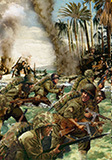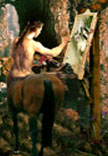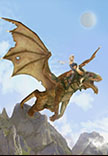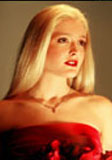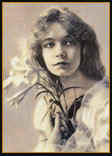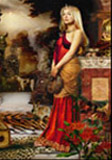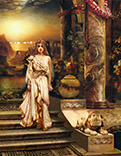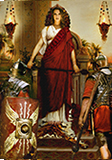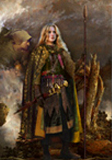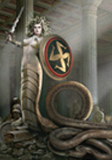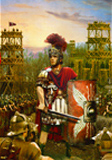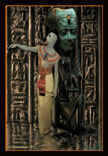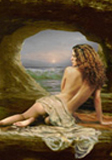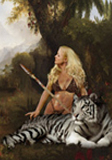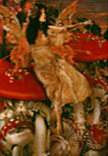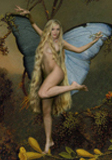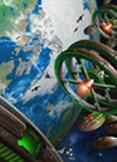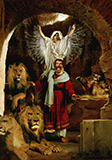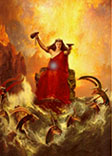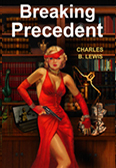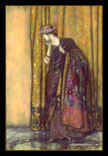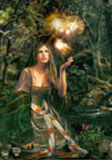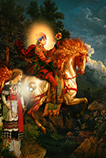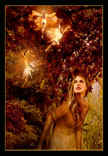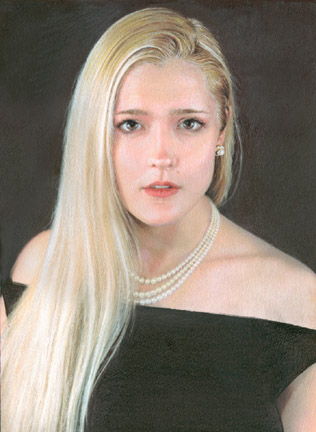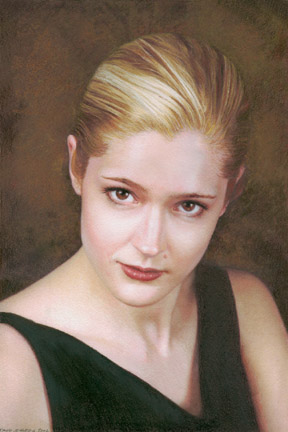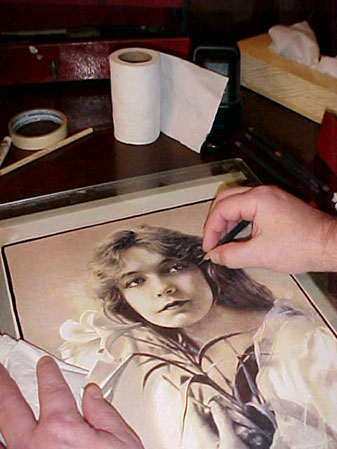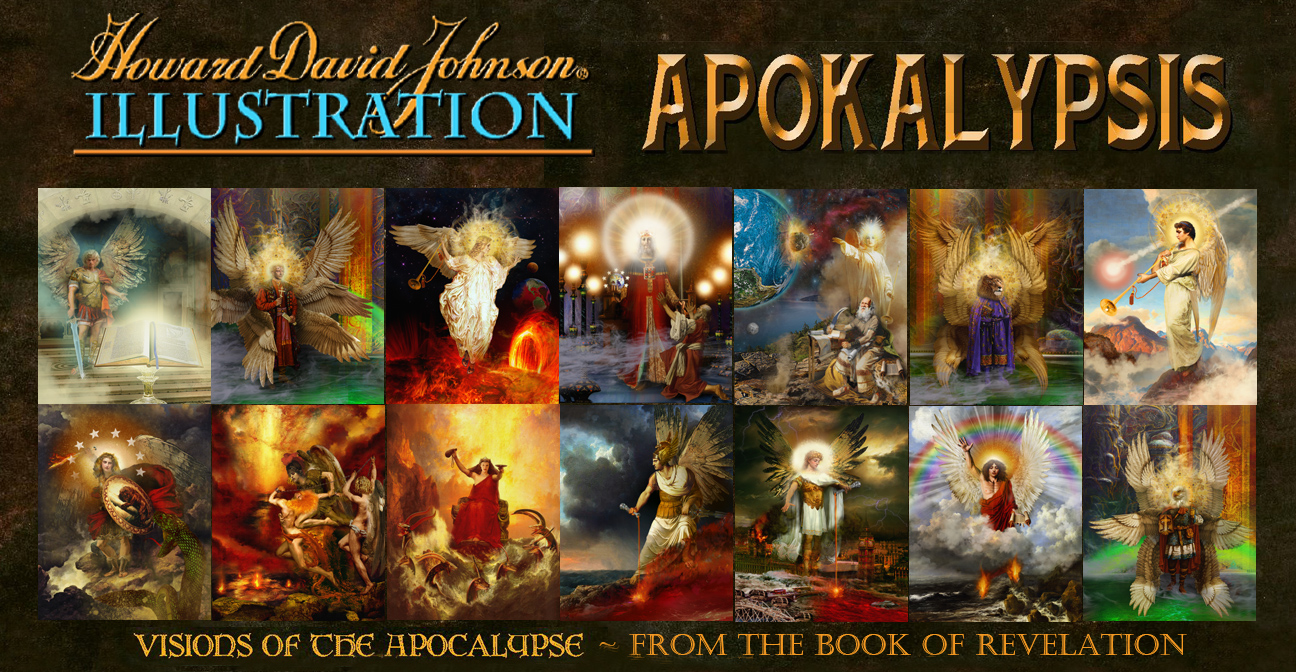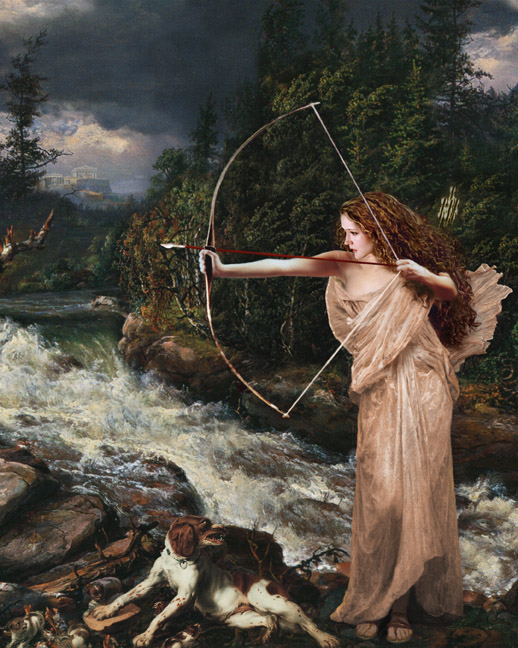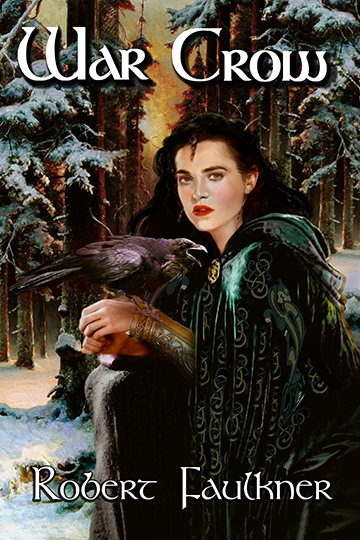|
Realistic Art Technique & Style: Howard David Johnson on Classical & Representational Art with Essays and Links to Admission Free Art Galleries - some of the deepest secrets of Realistic Art Technique with emphasis on Art Theory revealed. Newly Updated! ~ but first a very Brief Biography of the artist: |
|||||||||
|
Howard David Johnson was born in Germany in the mid-fifties. The son of an American Career Air Force officer and College Professor, he grew up traveling and living on military bases around the world. He was most influenced by the art and culture in the Mediterranean & Central Europe. Drawing and painting every available moment of his childhood while experiencing the old world, he worked with any and all art mediums he could get his hands on.
|
|||||||||
|
Some of David's more prestigious clients have included the University of Texas, the Universities of Oxford and Cambridge in England, The Australian Mint, The National Geographic Society, Paramount Studios, Universal Studios, MGM Studios, Warner Brothers Home Video, ABC/Disney, CBS TV, PBS TV, The History Channel, Enslow Educational Publishers, Adobe Photoshop, Auto FX, Tree-Free Greeting, Verizon wireless, Apple IPOD, Penguin, Doubleday (Now Random House), Harlequin Top Historical Romances, and the History Book of the Month Club, as well as appearing in periodical publications like Popular Photography and the Wall Street Journal. After a lifetime of drawing and painting, David's Traditional Art was exhibited in the British Museum in London in 1996, ( 3 years before he got his first computer ) as well as numerous American ones since, such as the Metropolitan Museum of Art. Working in a variety of media David offers his customers a variety of options and more than three decades of experience. As an illustrator he has not only used the computer but has been involved in the development and marketing of software for Adobe Photoshop. Digital art, Colored pencils, Pastels, Mixed media, & also Oil Paintings can also be commissioned for select projects.Digital illustration projects start at $500.U.S. and group rates are available. David delivers custom made copyright free illustrations & old fashioned customer service when he does work-for-hire. To publish existing pieces of his realistic art, David sells licenses starting at only $99.USD. |
|||||||||
|
Just below are examples of "Prismacolor Paintings" AKA Colored Pencils on Bristol Board:
"Ezekiel's Vision" ,"The Resurrection of Christ "MMX and "Into the Lake of Fire" MMX (all Mixed Media) There is a school of thought that seems to think that a caveman’s beating on a hollow log with a stick is automatically superior to Beethoven’s Ninth Symphony performed by the world’s finest symphony orchestra because less technology is involved. I do not subscribe to this kind of thinking. Personally I LOVE computers! First of all, there’s the freedom from fear! The undo button is empowering and liberating! More importantly, publishing customers can't afford to pay me for old-fashioned traditional methods like oil on canvas. I can do them, and do them well, but no one but millionaire art collectors can afford to pay even poverty level hourly rates for all that time. The masters often took a year for a single painting. With digital media I can create pieces that look very nice for very nice prices and with blazing speed. The publishing industry is not noted for its patience. In the early days of my art career, mailing traditional media originals was scary at best, but now they can be scanned and shipped without risk. Also in my early days adding canvas space to a work in progress was as impossible as growing a second head... but now it is so easy I usually don't even charge extra to adapt them if its just skies or landscapes! Re-dos and revisions were financially catastrophic! No wonder the starving artist became a stereotype! Before the internet, I struggled to find customers in Austin Texas, now nearly every nation on Earth has visited my website! This was beyond my wildest imaginings as a boy. What an amazing era we live in! I love it!!! ~ Howard David Johnson
|
|||||||||
"Mathematics is the alphabet with which GOD wrote the Universe" ~ Galileo
|
|||||||||
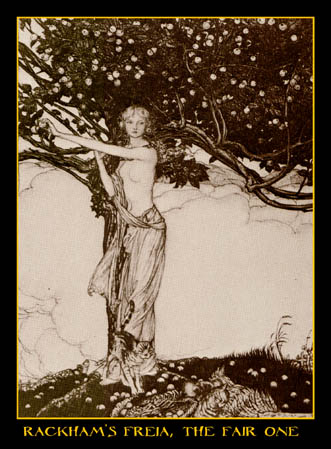 |
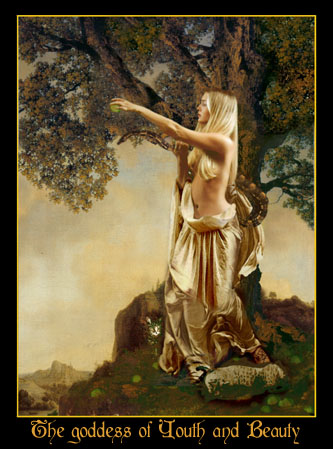 |
||||||||
| David first learned the use of Classical Greek Geometry from studying the beloved British mythological and fairy tale illustrator Arthur Rackham, who dreamed of one day recreating his drawings as realistic paintings. | David has recreated a few of Rackham's visions in the way he dreamed of doing them himself before he died - with the realistic painterly style of a master like John William Waterhouse or a Lawrence Alma-Tadema | ||||||||
|
|
|
||||||||
|
Centralize the figure on or near the frame's base & tie it in to the top of the frame as well to give it a sense of importance. Note the sketch book on the floor with the preliminary drawing the model is using as a guide. See the Digital media page for more on this next stage... the digital photo montage... |
The whole of the dynamic action is contained in a vertical slab, contrasted by negative space. He then assembles a variety of elements which are realistic and original and works from it in a similar manner Maxfield Parrish & other classic illustrators have used since the advent of photography in the 19th century. |
||||||||
|
|
|
||||||||
|
David uses Classical Greek Geometry to design all his paintings, drawings, beginning with his photographs and his digital illustrations. His Art classes teach more of these Geometric motifs. In Daniel in the Lion's Den, The solid base of the triangle implies stability, power and strength. In this case, spiritual strength. |
'The Defense of Reorke's Drift' above features the inverted triangle design which has a completely different effect! It portrays dynamic action! Action coming right out at you or right down at you with force or with speed! A great concept for composing dramatic movement, action and especially combat. |
||||||||
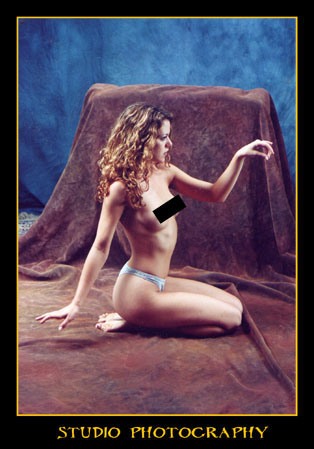 |
 |
||||||||
| He starts with a concept, then a sketch, researching or traveling to find scenes and locations. Working in his Analog Photography studio with live models from his sketches, he follows with a photo montage, combining new and very old elements to create original works. | |||||||||
 |
 |
||||||||
| HDJ's Pandora's Box above is a Prismacolor Pencil 'Painting' on #400 Strathmore Bristol Board - is not at all what people think of when they hear the word 'drawing' Influences such as Waterhouse, Bouguereau, and Ingres help with inspiration and details like period clothing. | |||||||||
 |
 |
||||||||
| Finding and training the right models is the hard part, then Photography, Mathematical Design and Digital Composition all must come together before the image is transferred to paper or canvas and rendered in combinations or one of many traditional art media). | |||||||||
|
|
|
||||||||
|
"Pandora's Box" was rendered in nearly every media: First a sketch, then a photo, then a collage, then a Prismacolor Painting, Then finally rendered as an oil painting. (above) Painting dozens of layers of Transparent glazes of Oil on Canvas. Only David's finest work is ever rendered in oil. |
|||||||||
|
" My art is divided into two groups; personal work partially copying the old masters and professional illustration applying these lessons to create totally original works. As a student of fine art, copying is a great way to learn and create fine art, but as a professional illustrator things are very different... I start more often with a specific written request. This is the exact OPPOSITE approach to creating a picture from copying something that's there. Research comes first. In the case of the Greek Heroes to your left, there were no accurate sources available in the public domain to copy correct Greek armour and weapons in combat poses from. |
|||||||||

Illustration is much harder, usually starting with a description... |
Mostly I found images of effeminate men, wearing nothing but a robe over the shoulder and the wrong helmets. Finding history books at the library with the accurate helmets, shield designs, weapons, and armour was essential to get an accurate depiction of a Greek Hoplite. All the library had were stiff museum poses of anything. I hit the research jackpot with some very simplistic flat line drawings of great authentic Greek shield designs. All the elements must be found, gathered and assembled to create the dramatic action scene the client wanted. Next comes the layout. This is where the mathematics and geometric design come into the creative process. My wife took a picture of me nearly 20 years ago in a pose reminiscent of a Frank Frazetta or Norman Rockwell painting. Naturally, in these cases I go to great lengths to make sure that my work looks nothing whatsoever like it's various inspirations and sources except in flavor and spirit. Of course, the characteristic old master's painting feel to the background most of my illustrations have was requested, and the picture was to have the look and feel of a Howard Pyle painting. |
||||||||
| When asked why I usually work from photos I like to re-tell Norman Rockwell's story about having to paint a chicken: He set it up on a stump in a barn and goes to painting. The chicken moves it's head. He moves it back. The chicken jumps down. He puts it back. He goes to paint. now the chicken decides to make a break for it... he chases it down clucking and screaming and puts it back. Now it knows he's going to have it for dinner and it goes completely berserk. The next day, he came in, put the chicken back up and snapped it's picture, and the picture held completely still... Note: When you have to paint a wombat you can't fake it- you need a picture! The law understands this; but with copyrighted sources the source image must be transformed in overall appearance in the translation so as not to be "confusingly similar"... if it's newer than 1928 you can bet it's probably copyrighted- if it's newer than 1999 under the millennial copyright act it is automatically copyrighted without even filing" ~HDJ | |||||||||
 |
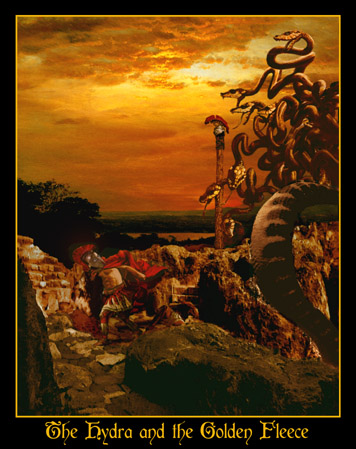 |
||||||||
| So - what about non-human or fantastic characters and creatures? What about photo realistic dragons, or other things that can't be photographed or even copied from life? After the geometrical composition design a pencil sketch is usually employed to plan the picture. | This is much in the same manner as a comic book or anime artist. When it comes time to paint the details within the outlines he uses photos of iguanas, snakes, bats and even sources paintings to get the textures perfect... whatever it takes to create the details that make the illusion... | ||||||||
|
|
|
||||||||
|
'The Little People' (above left) employs Acrylic paints over a base of Colored Pencil & Soft Pastel on #400 Strathmore Bristol Board. For these complex illustrations he uses photographs to create preliminary digital photo montages, then if they are good enough, He renders them in various forms of traditional media on either paper or canvas. |
|||||||||
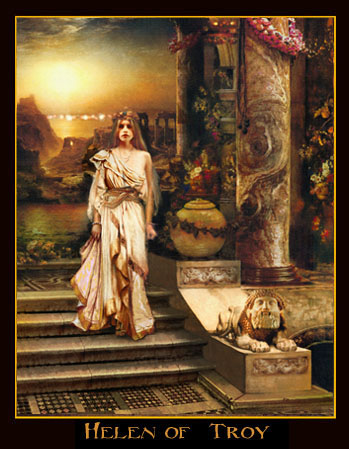 |
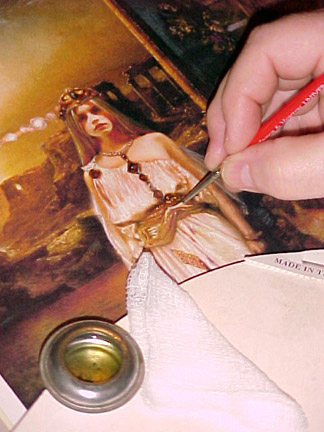 |
||||||||
| "Helen of Troy" (right) This kind of picture is really not at all what people think of when they hear the word 'drawing'. A 'Prismacolor Painting', if you will: This art medium, these relatively new soft oil based colored pencils are not the first Dry Painting Medium: the term 'Pastel Paintings' originated in the 17th century. They also are a wet medium, mixing well with a variety of solvents and applied with an artist's brush - getting very oil painting- like results in print. The sixth and final oil-on-canvas version even sports a different model and a new dress. | |||||||||
|
|
|
||||||||
|
He departs from realism sometimes for line art in colored pencil, and more often he loves mixing media. Employed also here with pencils are acrylics and soft pastels. ( Note the use of the Golden Ratio ( L = w + 1/2 w ) in the design dividing the layout of the picture. ) |
The pastels are so fugitive, the original is in danger of being destroyed even before it is finished, so HDJ mixes acrylic transparentizing medium to seal and protect the finished image. Acrylic Transparentizing Medium is normally used to make acrylics transparent. |
||||||||
|
|
|
||||||||
|
He mixes the transparentizing medium in with the soft pastels and applies it with a brush with a stabbing, twisting motion... creating abstract art designs within the solid colors of the image and built up mixed media textures as inspired by the writings of Pablo Picasso. |
It is not so much the skill at shading with colored pencil (above) or even with brush, camera or computer, but it is the mathematics in the design, the commitment to research, and the use of archetypal imagery that make Johnson's style & technique distinctive in the world of realistic art. |
||||||||







